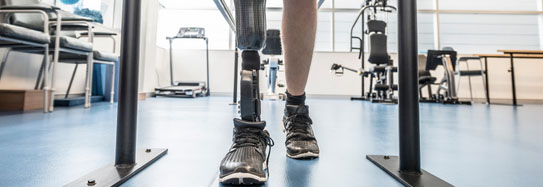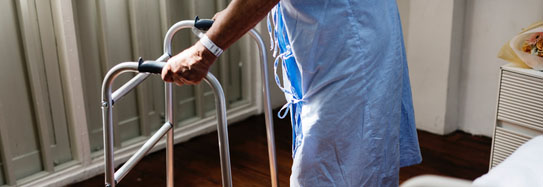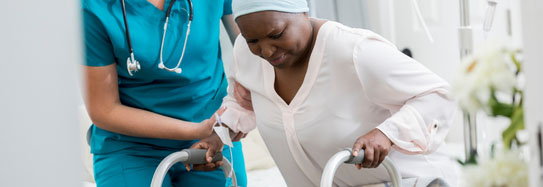Pressure ulcers occur when pressure causes damage to the skin. Other names for this injury include pressure injuries, pressure sores, bed sores, or decubitus ulcers. There are three main risk factors to developing a pressure ulcer: immobility, increased pressure on a section of skin, and an interruption of the blood flow to the skin.
One or more ulcers can develop if you lie in bed and don’t change positions often enough or if you sit still for extended periods without moving. A pressure ulcer can also develop in other ways. For example, one could form under your arms if you use crutches incorrectly, on the skin where your leg rests on a prosthetic, or behind your ear if your glasses or oxygen tubing are too tight.
Any break in the skin caused by pressure, regardless of the cause, can become infected. Common infections related to pressure ulcers include localized infections (infection in the immediate area), cellulitis, and osteomyelitis. These and other infections can all lead to sepsis.
Sepsis is a life-threatening emergency that happens when your body’s response to an infection damages vital organs and, often, causes death. Like strokes or heart attacks, sepsis is a medical emergency that requires rapid diagnosis and treatment.
Suggested Citation:
Sepsis Alliance. Sepsis and Pressure Ulcers (Pressure Injuries). 2024. https://www.sepsis.org/sepsisand/pressure-ulcers-pressure-injuries/
Updated March 14, 2024.











































